Royal Cedula de Gracias de 1789 or The Royal Decree of Graces of 1789 were new slave-holding laws issued to Caribbean territories. The Royal Decree of Graces was built upon later that year. In this update to the rules, the new rule is known as El Codigo Negro or The Black Code as included. It should be noted that the main objective of the decree was in promoting slaveholding in the Caribbean colonies.
EL CODIGO NEGRO
When gold dried up in Puerto Rico in the 16th century, Spain turned its attention elsewhere for a period and Puerto Rico and other Caribbean colonies became Spanish garrisons. When the Caribbean became prime spots for certain cash crops, the slave trade picked up. During this entire period, many colonies were predominantly Black or mixed with Black.
When El Codigo Negro was introduced it allowed for slaves to buy their freedom. At the time slaves could make money by doing side work or selling what they grew off of the owner’s commercial land. Now there were some fail safes or conditions to this which would help ensure there was a controllable workforce.
First, the owner had to be open to selling freedom. Also, the owner set the price. If a slave wanted their child freed as well they had to pay installments but the price was cut if the child was baptized. There was really nothing preventing the owner from adjusting the price but a few Blacks did eventually purchase their freedom.
After doing so, most freed Blacks would move elsewhere and farm the land. As a result, some also became slave owners. Others pursued military service and would join the Regimiento Fijo de Puerto Rico, basically a colored regiment.
RESULTS
El Codigo Negro allowed for those who could afford it to purchase their freedom but the slave population continued to grow. This was thanks to agriculture continuing to be big business in the Caribbean. As mentioned, some former slaves became a part of the slavery system in Puerto Rico becoming owners. Another Royal Decree was issued years later to quell rebellion potential in the colonies Spain had left. Iit would also serve to Whiten the Caribbean.
SOURCE: http://www.proyectosalonhogar.com/Enciclopedia_Ilustrada/HistoriaPR4.htm





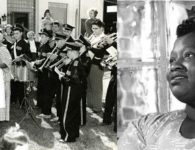

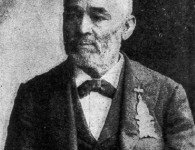
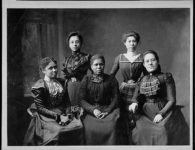
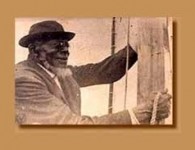

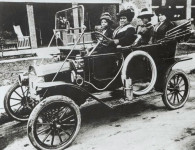
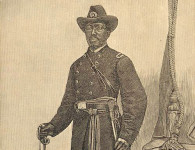
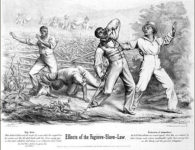

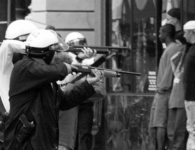
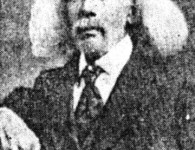



6 Comments
Estoy totalmente de acuerdo, en que si no conocemos y cuidamos nuestro Patrimonio, cómo vamos a protegerlo y difundirlo?
Keep on writing, great job!
This paragraph offers clear idea in favor of the new people of blogging,
that truly how to do running a blog.
We’re a gaggle of volunteers and opening a brand new scheme
in our community. Your site provided us with valuable info to work
on. You’ve done a formidable process and our whole community will likely be grateful to you.
Thank you for sharing your info. I really appreciate your efforts and I will be waiting for
your further post thank you once again.
[…] attempt to unify the Spanish slave codes, the Codigo Negro, was cancelled without ever going into effect because it was unpopular with the slave-owners in the […]